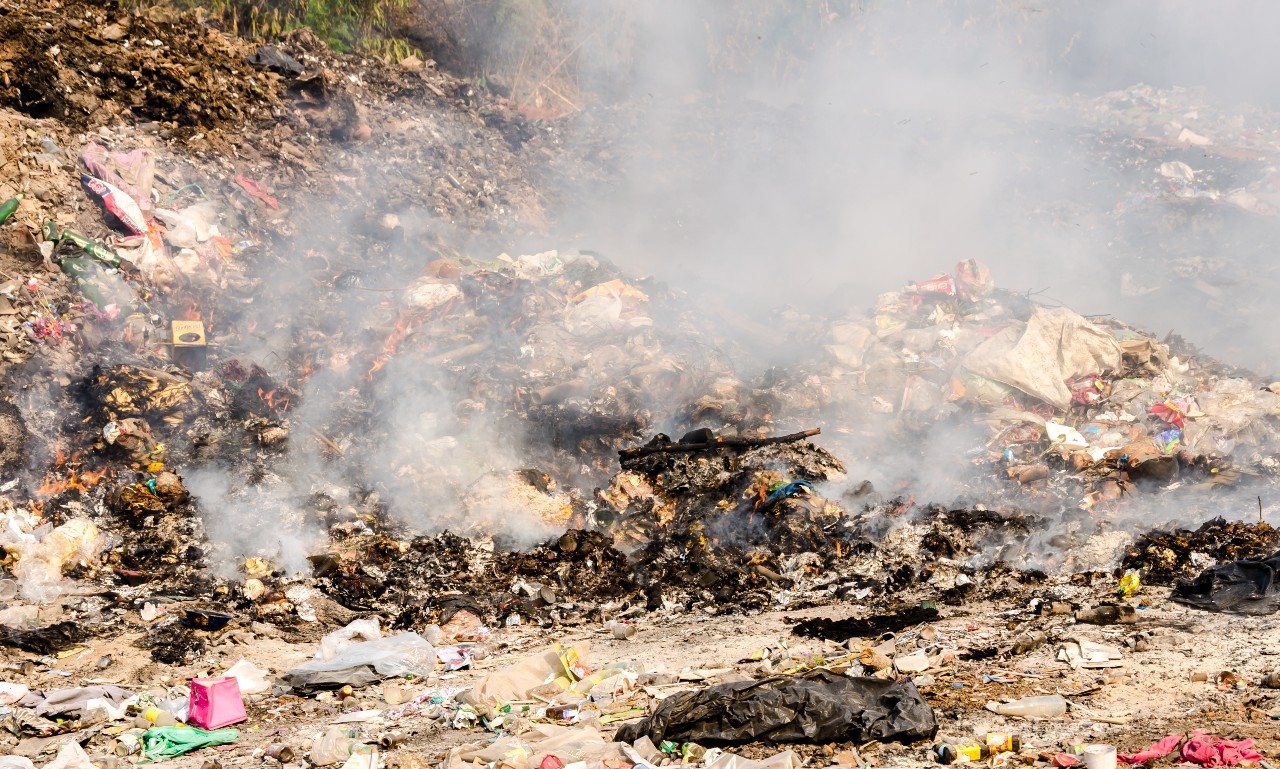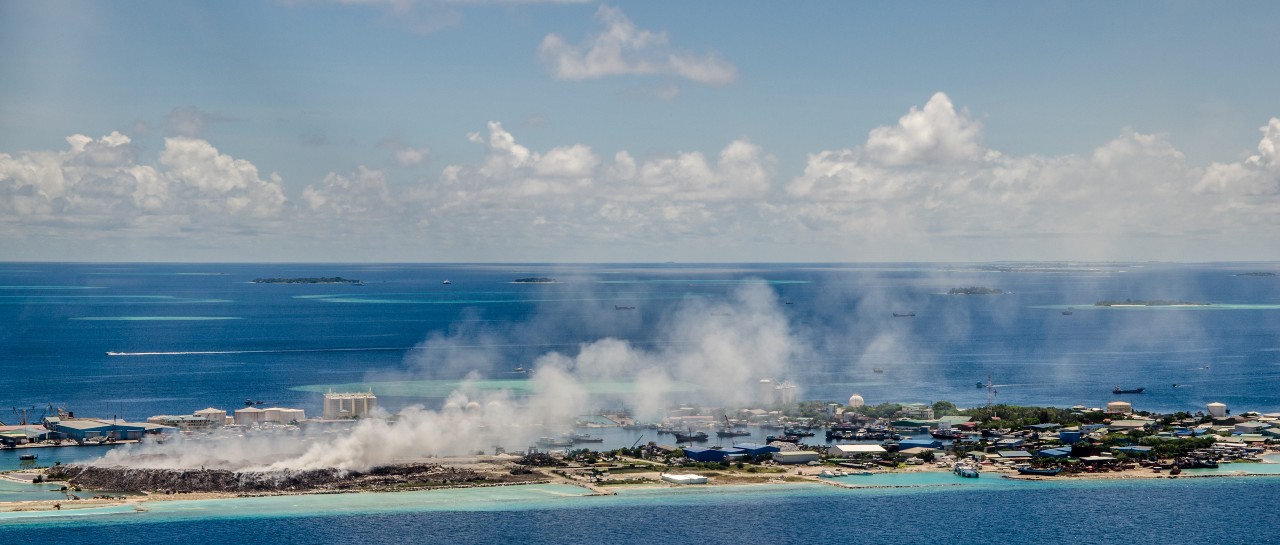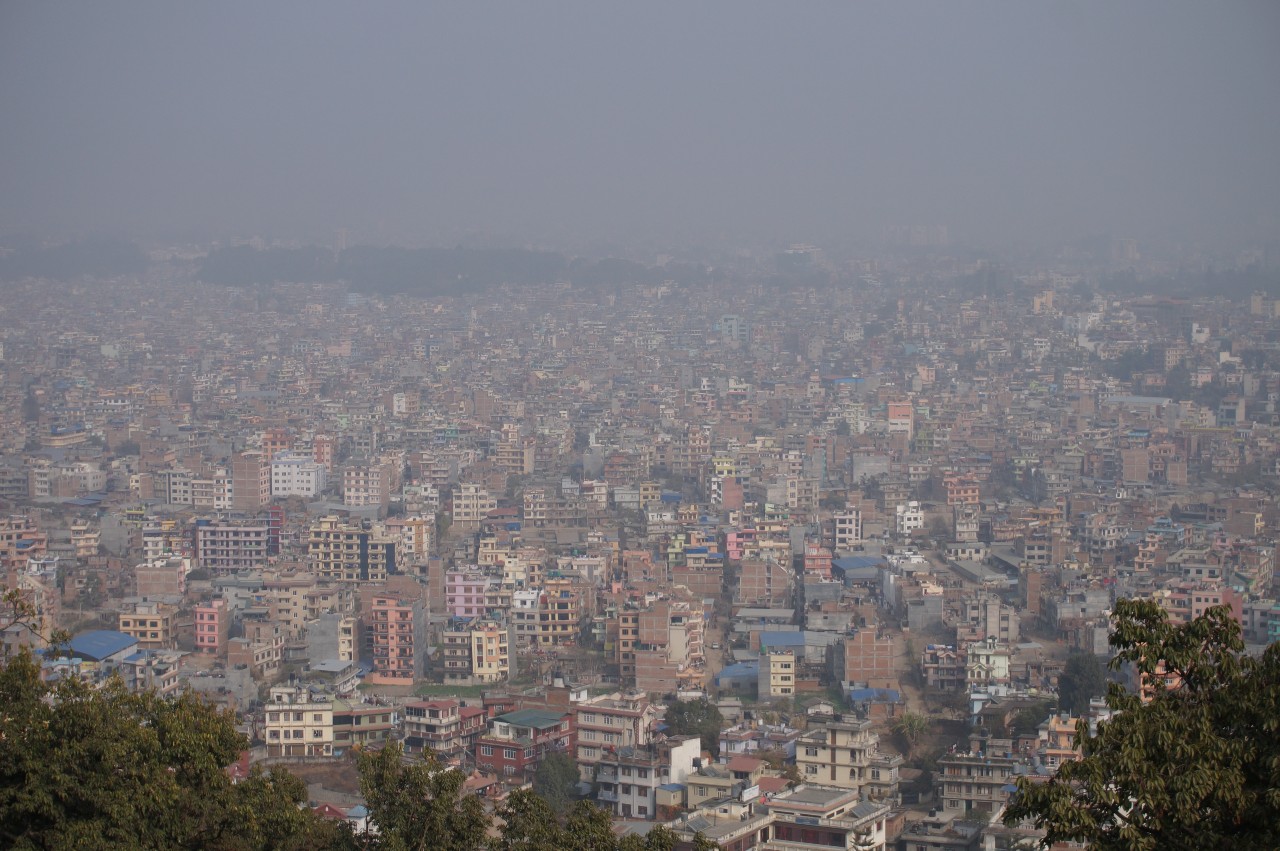WOIMA Blog 5/2019
Pollution – the Silent Killer
Environmental pollution — from filthy air to contaminated water — is killing more people every year than all war and violence in the world. More than smoking, hunger or natural disasters. More than AIDS, tuberculosis and malaria combined. One out of every six premature deaths in the world in 2018 — about 10 million — can be attributed to disease from toxic exposure. The financial cost from pollution-related death, sickness and welfare is equally massive, costing some $4.6 trillion in annual losses — or about 6.2 percent of the global economy.
Experts say the 10 million premature deaths the study found is just a partial estimate, and the number of people killed by pollution is undoubtedly higher. Areas like Sub-Saharan Africa have yet to even set up air pollution monitoring systems. Soil pollution has received scant attention. And there are still plenty of potential toxins being ignored, with less than half of the 5,000 new chemicals widely dispersed throughout the environment since 1950 having been tested for safety or toxicity.
“In the West, we got the lead out of the gasoline, so we thought lead was handled. We got rid of the burning rivers, cleaned up the worst of the toxic sites. And then all of those discussions went into the background just as industry began booming in the developing nations.” Asia and Africa are the regions putting the most people at risk, while India tops the list of individual countries. One out of every four premature deaths in India in 2018, or some 3 million, was attributed to pollution. China’s environment was the second deadliest, with more than 1.8 million premature deaths, or one in five. Several other countries such Bangladesh, Pakistan, North Korea, South Sudan and Haiti also see nearly a fifth of their premature deaths caused by pollution.
Still, many poorer countries are yet to make pollution control a priority. India has taken some recent actions, such as tightening vehicle and factory emission standards and occasionally limiting the number of cars on New Delhi’s roads. But they have done little about crop burning, garbage fires, construction dust or rampant use of the dirtiest fossil fuels. A court ban on firework sales before the Diwali festival didn’t stop New Delhi residents from firing rockets and lighting crackers throughout Thursday night. They awoke Friday morning to acrid, smoke-filled skies and levels of dangerous, lung-clogging particulate matter known as PM2.5 that went beyond 900 parts per million — 90 times the recommended limit by the World Health Organization, and 22 times higher than India’s own limits.
Even the conservative estimate of 10 million pollution-related deaths is one-and-a-half times higher than the number of people killed by smoking, three times the number killed by AIDS, tuberculosis and malaria combined, more than six times the number killed in road accidents, and 15 times the number killed in war or other forms of violence. It is most often the world’s poorest who suffer. The vast majority of pollution-related deaths — 92 percent — occur in low- or middle-income countries, where policy makers are mainly concerned with developing their economies, lifting people out of poverty and building basic infrastructure. Environmental regulations in those countries tend to be weaker, and industries lean on outdated technologies and dirtier fuels.
The U.S. EPA research shows that the U.S. has gained some $30 in benefits for every dollar spent on controlling air pollution since 1970, when Congress enacted the Clean Air Act, one of the world’s most ambitious environmental laws. Removing lead from gasoline has earned the U.S. economy another $6 trillion cumulatively since 1980.
While there has never been an international declaration on pollution, the topic is gaining traction. The World Bank has declared that reducing pollution, in all forms, would now be a global priority. And in December 2017, the United Nations hosted its first conference on the topic of pollution. The relationship between pollution and poverty is very clear and controlling pollution will help us address many other problems, from climate change to malnutrition. The linkages can’t be ignored.
Our WOIMA Ecosystem has been developed with two key targets in mind; reducing the waste-induced challenges and simultaneously offering the emerging countries an opportunity to utilize local fuel (waste) employing local people to generate local wellbeing. It adheres to the strict European emission directives and reduces the waste-related water, soil and air emissions to practically zero.
“Take, make, dispose” must now shift to “reduce, reuse, recycle”
Contact WOIMA, if you see yourself as collaboration partner in saving the planet. Ask more about turning waste into wellbeing with WOIMA Circular Economy Solutions.
WOIMA Social Media accounts







